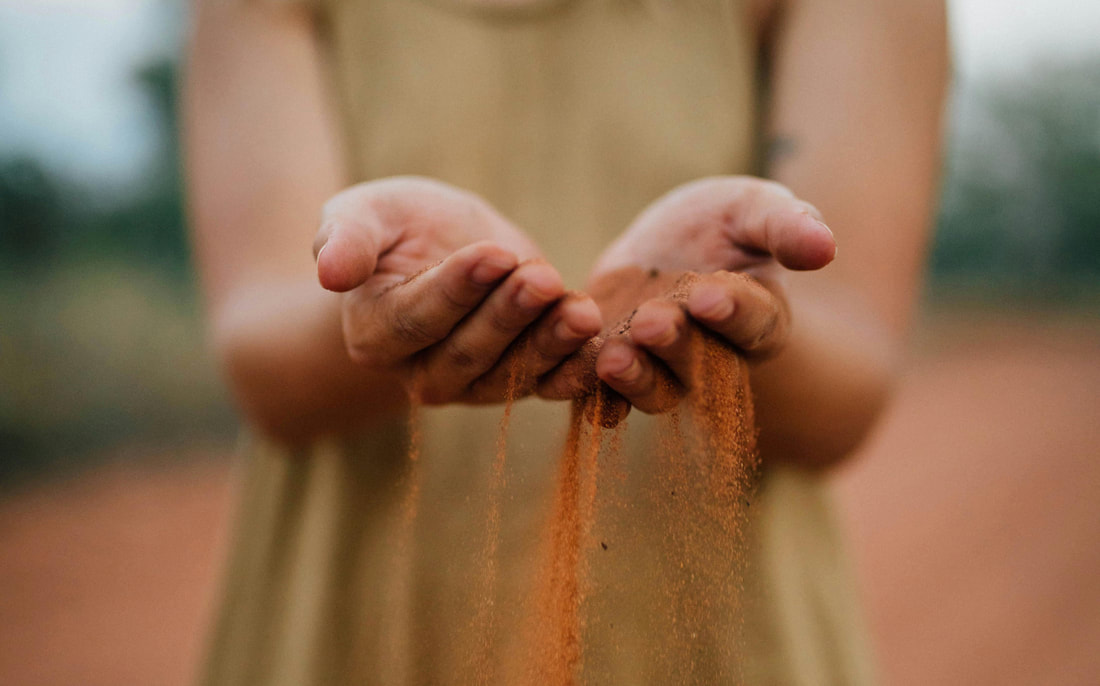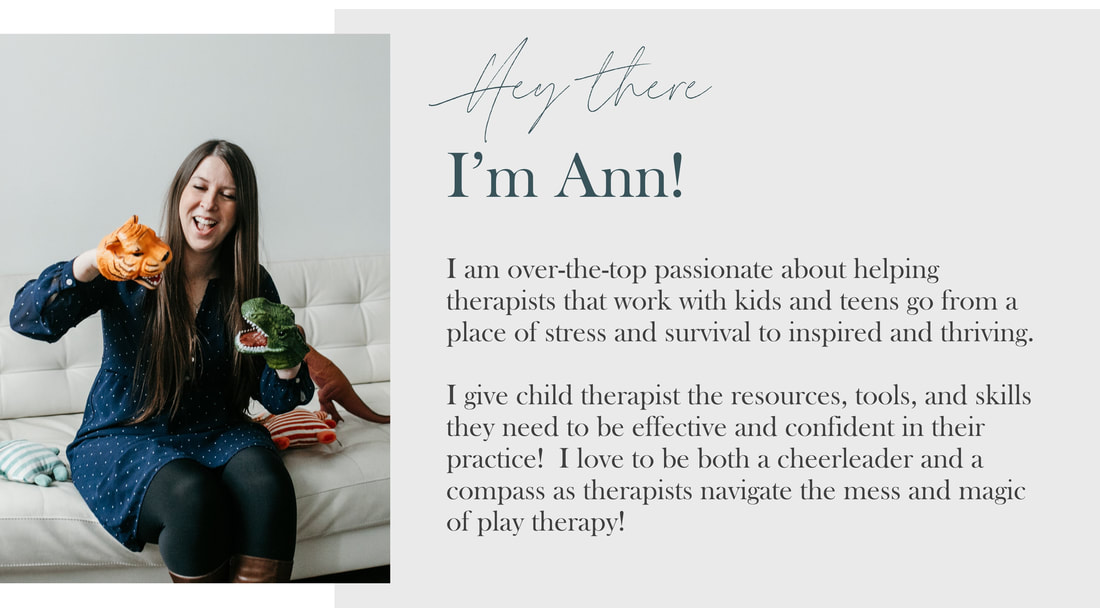|
I want to blow the lid off of this one sandtray myth: Sandtrays need to be still.
Yup! When I first started doing work in Sandtray at the beginning of my career I felt like if the tray and figures weren’t perfectly set up, and still, just like I saw in all the trainings, demos, and text books that it wasn’t a legitimate Sandtray.
Because my Sandtrays? They were messy. They were moving. The scenes changed rapidly. And sometimes the kids just wanted to move the sand around with their hands.
And all of this? It definitely caused me to question myself and if what I was doing was even healing and helpful. So as I continued in my Sandtray training journey I learned it is totally normal for younger children (especially the kids I saw that were 3 and up) to have trays that moved as their stories would unfold. AND that it is absolutely not developmentally appropriate to expect a four year old to set up a tray like I was seeing with my 16 year olds! Wheeww!!! I think it is so important to talk about this topic because I never want you to feel the same way that I did. Specifically, that the powers of Sandtray were only for those more traditional and still trays. The ones where you went through all the specific phases and set up a still non-moving tray. Because….sand in itself is healing. And there is no one “right way” to be in the Sandtray. So - I wanted to share three ways to use sandtray, all of which are powerful, helpful and healing to the young people we see! Static Sandtray Static sandtrays are the most common sandtrays we see and are taught. These are the trays where you go through multiple phases to get the tray set up, witness the tray, process the tray, and dismantle the tray. Although these types of sandtrays begin with a still creation of a world there can be movement throughout (through certain prompts with certain theories) to create deeper processing, understanding, or shifts in thinking! These trays are more common with older children, teens, and adults (but not always!). Dynamic Sandtray These are the trays that are faced paced. Often unfolding like a scene from a movie. Sometimes it can feel hard to keep on pace OR you may have scenes that keep repeating over and over, like you are rewinding and replaying the same movie. For kids in Child Centered Play Therapy they may approach the sandtray during a CCPT session and play out a scene and then return to other play materials in the playroom. All of this still holds the healing powers of sandtray! Regulation Sandtray I talk extensively about these trays in this post HERE! Thanks to the wisdom of Lisa Dion, founder of Synergetic Play Therapy, the tools you have in your sandtray can turn your tray into a regulation device. It can be soothing, like the clients who just want to run their fingers through the sand OR it can be used to mimic the energy in the autonomic nervous system! Pretty cool stuff! And there you have it! The three most common, powerful, and healing types of sandtrays that might show up in your playroom! If you are interested in getting trained in sandtray you HAVE to check out my training Creating Worlds: An Introduction To Sandtray Play Therapy! This training will prepare you from start to finish to start using Sandtray in your practice with kids and teens. Say hello to your step-by-step guide to sandtray HERE! Loading...
0 Comments
Leave a Reply. |
Hi, there!I'm Ann Meehan, an LPCC, Loading... Archives
July 2024
Categories
All
|
Privacy Policies | Terms of Use | Disclaimer
Contact
[email protected] | Copyright Meehan Mental Health Services 2022
Contact
[email protected] | Copyright Meehan Mental Health Services 2022







